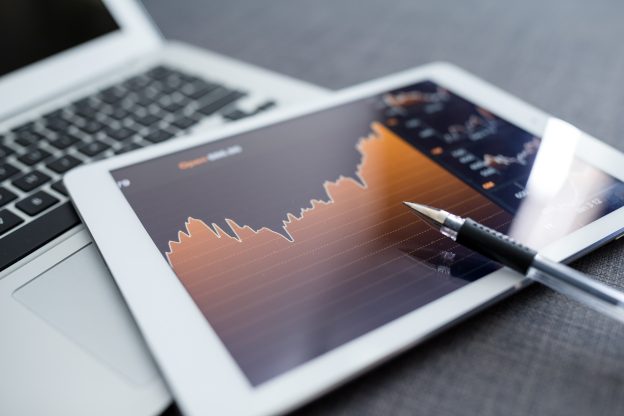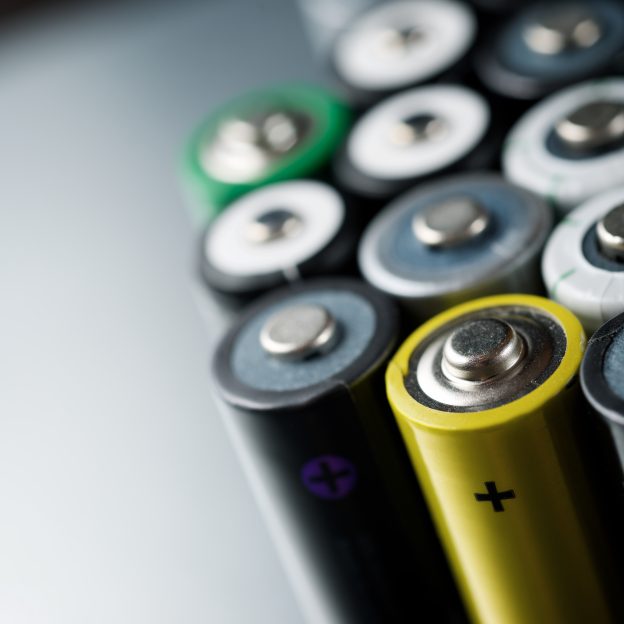
Discarded EV batteries are still functional as li-ion batteries are advantageous in low discharge rate, long life cycle, as well as high energy density in energy storage efficiency. Both EVs and large energy storage equipment are highly dependent on li-ion batteries. An estimation on service life indicates that an end-of-life (EOL) period will successively begin starting from 2025. The Environmental Protection Administration (EPA) commented that the sufficient disposal volume of discarded EV batteries has been incorporated into the key strategy of net zero transformation, with relevant measures planned at the same time, in the hope of obtaining the science project from the National Science and Technology Council (NSTC) on the path of heading towards high value circulating systems.
EPA pointed out that the batteries of electric transportations are mostly formed by secondary li-ion batteries assembled with multiple battery cells that each measure at below 1kg, which is within the scope of recyclable discarded and dry batteries announced by the EPA. The EPA has established comprehensive recycling and disposal channels, as well as a subsidy mechanism, through the resource recycling and management fund, where discarded battery processing businesses would receive the corresponding subsidies after certifications subsequent to proper disposals.
There are now six discarded and dry battery processing businesses that are under subsidization at an annual disposal capacity of 3,506 tons, and are expected to fulfill the successive volume of discarded EV batteries before 2025. EPA has now increased the rate of subsidy for discarded secondary li-ion batteries in order to increase the willingness of the industry in establishing additional plants, as well as planned for measures for the “Key Strategy No. 8” for “Taiwan’s Net Zero Transformation 2050” by integrating development of academic and research institutions and bridging industrial technology, which constitute high value processing and a circulating industry chain for batteries.
EPA added that it had increased the rate of subsidy for discarded secondary li-ion batteries on July 1st 2021 in order to respond to the possible volume in 2030, which would improve both processing rate and technology through economic incentives. The recycling level has risen evidently after a year or so with the implementation, and the willingness in investment and plant establishment has also increased. Aside from existing processing plants, cell material suppliers, energy storage battery manufacturers, EV brands, as well as other processing plants and material refineries, have all expressed or proposed evaluation plans on establishing domestic plants or adding production lines to the EPA.
(Cover photo source: shutterstock)







